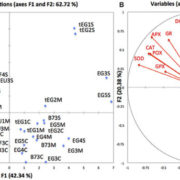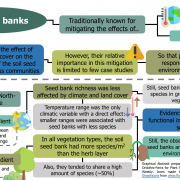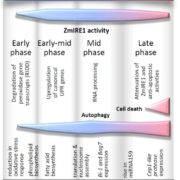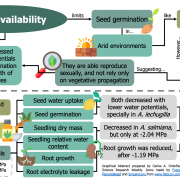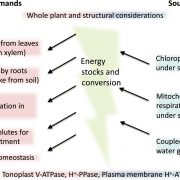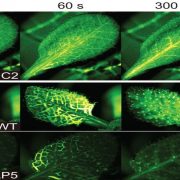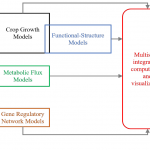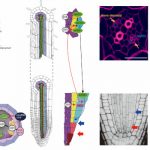Update: How plants sense and respond to stressful environments (Plant Phys)
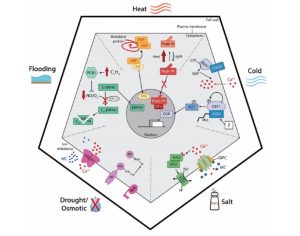 A longstanding question in plant science is how plants “know” that they are under threat. The identification of cell-surface receptors that identify conserved pathogen patterns sheds some light on biotic stress perception, but what about abiotic stresses such as excessive heat or drought? Lamers et al. give an update on what we currently understand about how different environmental factors are sensed (or not) and how these signals transduced into responses. As an example, the light sensor phytochrome B has been recently identified as key heat sensor that converts from active to inactive form at a rate that is sensitive to temperature. By contrast, although several cold-responsive proteins have been identified, none stand out as the key primary sensor at this point. Membrane fluidity, which is affected by temperature, is not considered to be a primary signal for temperature responses. Sensing mechanisms of drought, flooding and excess salinity are also reviewed. (Summary by Mary Williams) Plant Physiol. 10.1104/pp.19.01464
A longstanding question in plant science is how plants “know” that they are under threat. The identification of cell-surface receptors that identify conserved pathogen patterns sheds some light on biotic stress perception, but what about abiotic stresses such as excessive heat or drought? Lamers et al. give an update on what we currently understand about how different environmental factors are sensed (or not) and how these signals transduced into responses. As an example, the light sensor phytochrome B has been recently identified as key heat sensor that converts from active to inactive form at a rate that is sensitive to temperature. By contrast, although several cold-responsive proteins have been identified, none stand out as the key primary sensor at this point. Membrane fluidity, which is affected by temperature, is not considered to be a primary signal for temperature responses. Sensing mechanisms of drought, flooding and excess salinity are also reviewed. (Summary by Mary Williams) Plant Physiol. 10.1104/pp.19.01464
[altmetric doi=”10.1104/pp.19.01464″ details=”right” float=”right”]


